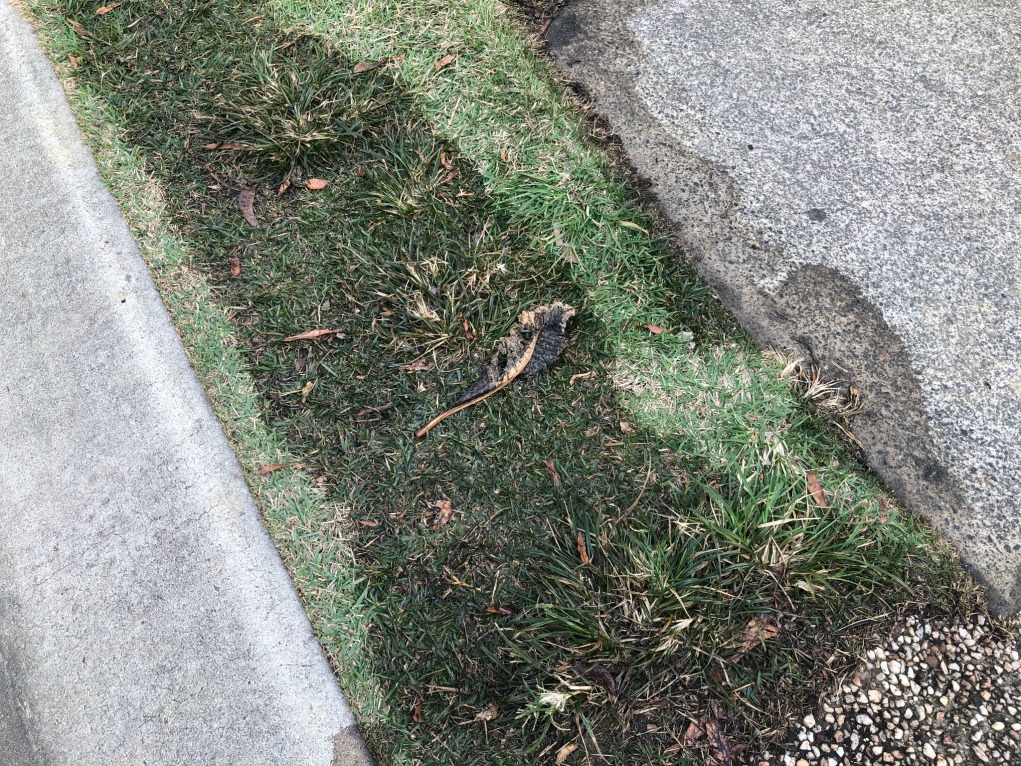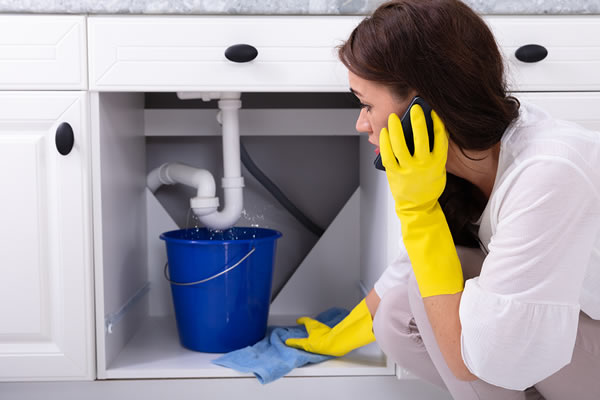We've noticed this great article relating to Leaking water lines down the page on the net and figured it made sense to relate it with you here.

Early detection of dripping water lines can reduce a potential disaster. Some little water leaks might not be visible.
1. Check Out the Water Meter
Every home has a water meter. Checking it is a guaranteed way that assists you uncover leaks. For beginners, shut off all the water resources. Guarantee no person will certainly flush, use the tap, shower, run the cleaning device or dish washer. From there, most likely to the meter and watch if it will transform. Since no one is utilizing it, there should be no movements. If it moves, that suggests a fast-moving leakage. Likewise, if you spot no changes, wait an hour or more as well as inspect back once again. This indicates you might have a sluggish leak that could even be below ground.
2. Check Water Intake
Examine your water bills and also track your water usage. As the one paying it, you ought to see if there are any type of discrepancies. If you identify sudden changes, regardless of your consumption coinciding, it implies that you have leakages in your plumbing system. Remember, your water expense should drop under the very same variety every month. An unexpected spike in your costs indicates a fast-moving leak.
Meanwhile, a stable boost each month, despite having the very same behaviors, shows you have a sluggish leak that's likewise slowly intensifying. Call a plumber to completely inspect your residential property, especially if you feel a cozy location on your floor with piping underneath.
3. Do a Food Coloring Examination
30% comes from bathrooms when it comes to water consumption. Examination to see if they are running correctly. Decline specks of food shade in the storage tank and also wait 10 minutes. There's a leakage between the container and dish if the color in some way infiltrates your dish during that time without flushing.
4. Asses Outside Lines
Do not neglect to examine your outdoor water lines too. Ought to water leak out of the link, you have a loosened rubber gasket. One little leakage can waste tons of water and also surge your water expense.
5. Examine and also Evaluate the Scenario
Property owners need to make it a practice to inspect under the sink counters and also even inside cupboards for any kind of bad odor or mold and mildew development. These two red flags suggest a leakage so prompt attention is needed. Doing regular inspections, even bi-annually, can save you from a significant issue.
Extra importantly, if you know your house is currently old, maintain a watchful eye on your heating systems, tubes, pipelines and so on. Check for discolorations and compromising as many pipes and appliances have a life expectancy. They will certainly also normally weaken as a result of tear and also use. If you suspect dripping water lines in your plumbing system, do not wait on it to rise. Call an expert plumber today so you don't wind up with a horrible mess in your home.
Early detection of dripping water lines can minimize a potential disaster. Some small water leakages might not be noticeable. Checking it is a surefire means that aids you discover leaks. One tiny leak can squander heaps of water and surge your water expense.
If you presume dripping water lines in your plumbing system, do not wait for it to intensify.
How to Know If Your Home Has a Hidden Leak
Water Meter Reveals Inexplicable Water Usage
If you’d like to test whether or not there’s a leak somewhere in your home, you can do this using your water meter. Here is how to conduct the test:
Don’t use any water in your home for at least 30 minutes; this also means not turning on faucets or water-using appliances.
Go outside, and check your water meter for activity.
If your water meter shows that there was activity, even though no one was using any water, this proves that there is a leak in your home.Visible Mold or Mildew Growth
Leaks behind walls create moist, dark environments that allow mold and mildew to grow and thrive. Eventually, you might see mold growth forming on the wall closest to a hidden leak.
If mold is growing in an area that receives a high amount of moisture, such as a bathroom, it may simply be an indication that better ventilation is needed. However, if you see mold growth on a wall or the ceiling in an area where you would not expect, you probably have a hidden leak.
Musty, Mildew Odor
Sometimes you might not be able to see the mold or mildew that is growing as a result of a leak. However, the smell can give the problem away just as easily. If you catch a whiff of something musty, there’s a good chance that old water is collecting somewhere in your home that you can’t see.
Stained/Warped Walls, Ceilings, or Floors
When your home soaks up water, a variety of red flags can become visible, including ceiling stains, bubbling drywall, warped walls, and sagging floors. While these issues can be caused by excess humidity, they can also be signs that a pipe or plumbing connection has started leaking behind your walls.
Inexplicably High Water Bill
After a while, you get a general sense for what your water bill should be. If you own a pool or sprinkler system, your bill will tend to be higher during summer. However, if you receive a water bill that seems especially high, and you can’t figure out what caused it, then you may have a hidden leak somewhere that’s increasing your bill.
https://www.plumbingjoint.com/blog/2019/july/how-to-know-if-your-home-has-a-hidden-leak/

I was shown that write-up about Top leak detection hacks through an associate on another web blog. Are you aware of another individual who is very much interested in the subject? Do not hesitate to share it. I recognize the value of reading our article about Hacks to detect leaks.